The Three Electric Cars I’d Pass On After Driving 12 Models
My journey through the world of electric vehicles has been nothing short of electrifying. Over the past couple of years, I’ve had the privilege of testing 12 distinct electric car models, each bringing something unique to the table. From the exhilarating rush of a $200,000 Porsche station wagon that rockets to 60 mph in a mere 2.7 seconds to the rugged charm of a Rivian SUV that tackles off-road trails with ease, the variety is exhilarating.
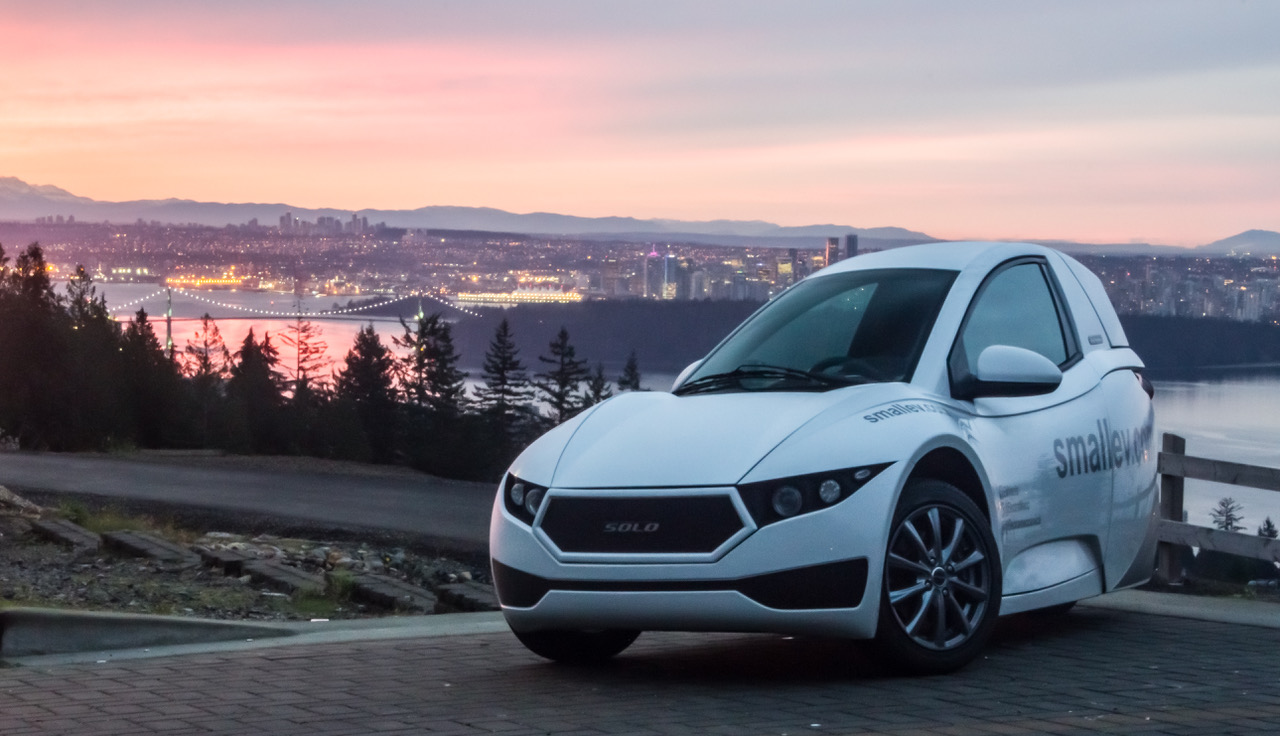
1. **ElectraMeccanica Solo**: Driving the ElectraMeccanica Solo felt like handling a cheat code for urban mobility. As a single-seat, three-wheeled vehicle, it challenges the traditional notion that bigger is always better. Its compact nature is perfect for bustling city environments where parking can feel like a luxury. However, for someone like me, whose travels often involve long distances and company, the Solo’s 100-mile range and its single seat don’t quite cut it. Moreover, during my test drive in downtown Manhattan, I couldn’t shake the feeling of vulnerability among towering SUVs and trucks. Therefore, despite its ingenuity, the Solo is not the right fit for my driving needs.
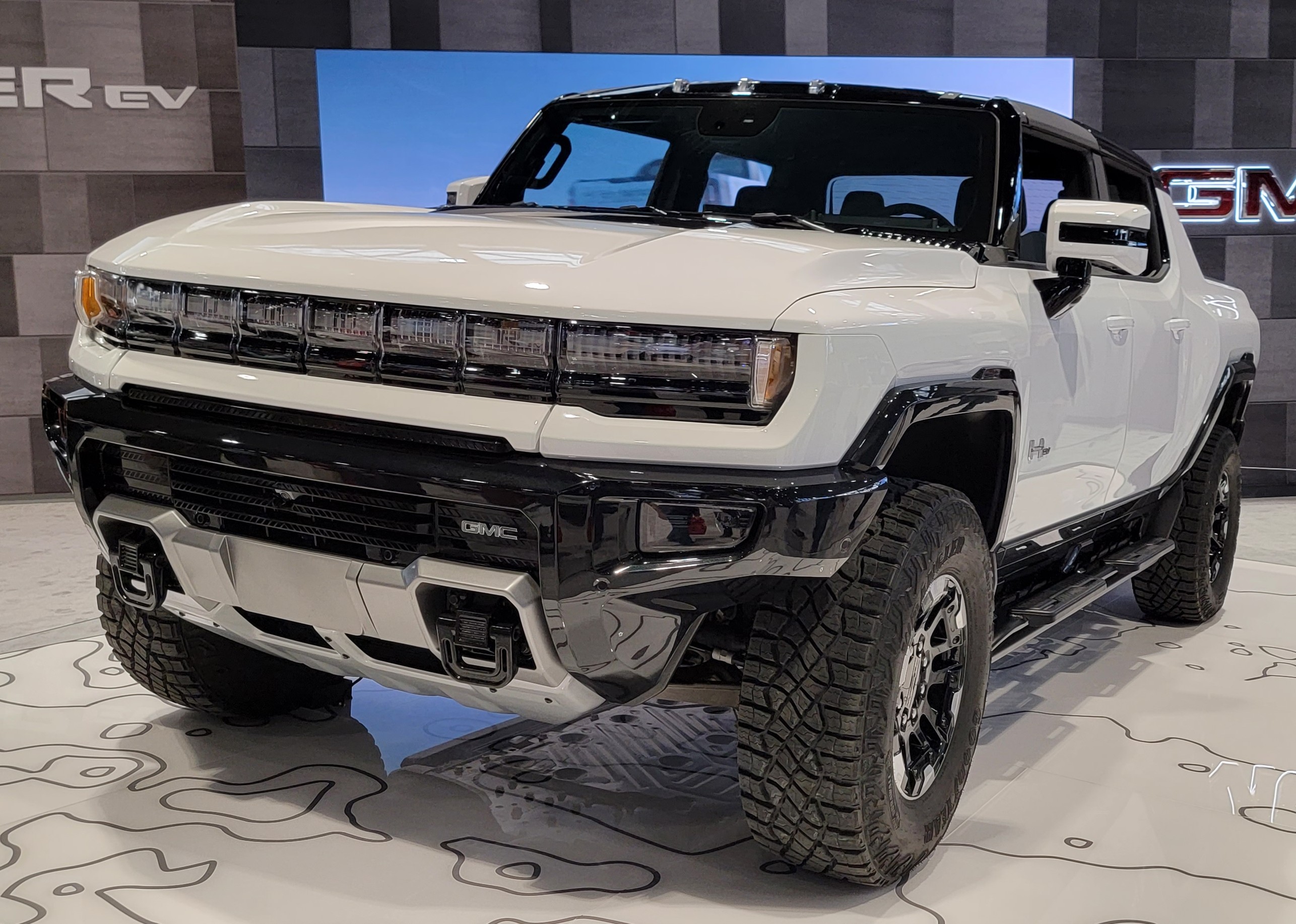
2. **GMC Hummer EV**: The GMC Hummer EV is undoubtedly an imposing presence on the road. With a starting price of $113,000, this immense pickup feels like more of a super-sized toy than a practical vehicle. Its rear-wheel steering somewhat mitigates its colossal size, making maneuverability a tad easier, but it’s still daunting in city traffic. The sheer magnitude of this vehicle makes highway driving unsettling, as its numerous blind spots require constant vigilance. Besides, its excessive energy consumption runs contrary to the eco-friendly philosophy of electric vehicles. In contrast, other electric trucks like the Rivian R1T and Ford F-150 Lightning provide a more balanced approach, offering functionality without the overwhelming size.

3. **Nissan Leaf**: As one of the pioneers in the electric vehicle market, the Nissan Leaf holds a special place in EV history. However, in today’s rapidly evolving landscape, the Leaf struggles to keep up. Its base model offers a range of only 149 miles, which pales in comparison to newer competitors. Even its premium version, the Leaf SV Plus, doesn’t significantly improve on this range. Additionally, the Leaf’s use of a unique fast-charging port limits its compatibility with many charging stations, which is a significant drawback given the current state of charging infrastructure. While the Leaf remains a cost-effective choice for short commutes and home charging, it doesn’t meet my requirements for longer journeys or flexibility in charging options.

These experiences have shaped my viewpoint on what makes an electric vehicle not just remarkable, but suitable for my needs. Whether it’s the compact efficiency of the Solo, the mammoth proportions of the Hummer, or the limited range of the Leaf, each of these vehicles illustrates the diverse array of choices available to consumers today. However, they also highlight the importance of aligning a car’s features with one’s lifestyle and driving habits.

As I continue to explore the electric vehicle landscape, I’ve encountered a few more models that don’t quite align with my driving needs or expectations. While many EVs on the market offer incredible efficiency, cutting-edge technology, and stimulating driving experiences, there are some that fall short in certain areas. Let’s delve into these additional models that I would likely pass on.

4. **Chevrolet Bolt EV**: The Chevrolet Bolt EV has made a name for itself as an affordable entry into the electric vehicle world. It offers a respectable range of about 259 miles, which should be enough for most commuters. However, my experience with the Bolt highlighted a few shortcomings. The cabin feels a bit cramped, especially for taller drivers, and the interior materials give off a budget vibe that doesn’t match its competitors. While practical for city driving, the Bolt EV lacks the performance dynamics that I crave in an EV.

5. **BMW i3**: The BMW i3 stands out with its eye-catching design and unique use of sustainable materials. But when it comes to driving performance, the i3 feels a bit lackluster. Its small size is great for parking in tight spots, yet the stiff ride and limited range (about 153 miles on a full charge) make it less than ideal for longer trips. Moreover, the i3’s quirky design might not appeal to everyone, and the rearward-opening doors can be cumbersome in cramped parking spaces.
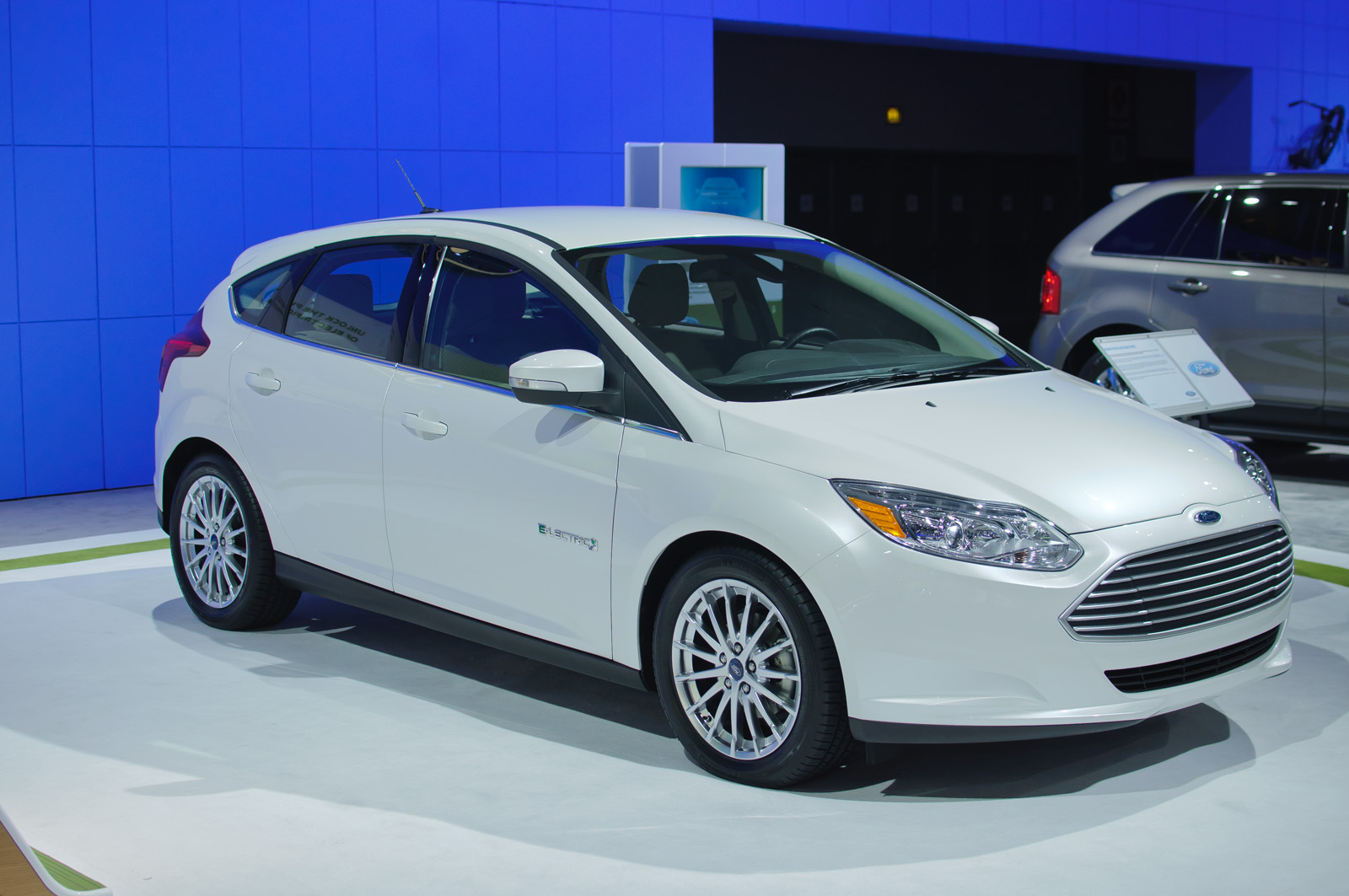
6. **Ford Focus Electric**: The Ford Focus Electric aspired to bring the practicality of the Focus lineup into the EV segment. However, it seems to have missed the mark. Its range of approximately 115 miles is rather limited, particularly when compared to more recent models. The Focus Electric’s handling is decent, but the overall driving experience feels dated. It’s a competent city car, but for someone seeking versatility and modern features, it leaves much to be desired.
7. **Mitsubishi i-MiEV**: As one of the early entrants into the EV market, the Mitsubishi i-MiEV was a trailblazer. Yet, its time in the spotlight has passed. With a range of around 62 miles, it struggles to compete in the current EV climate. The i-MiEV’s small size and lack of modern amenities make it feel more like a novelty than a viable everyday vehicle. Its minimalistic interior and dated technology don’t inspire confidence for longer journeys.
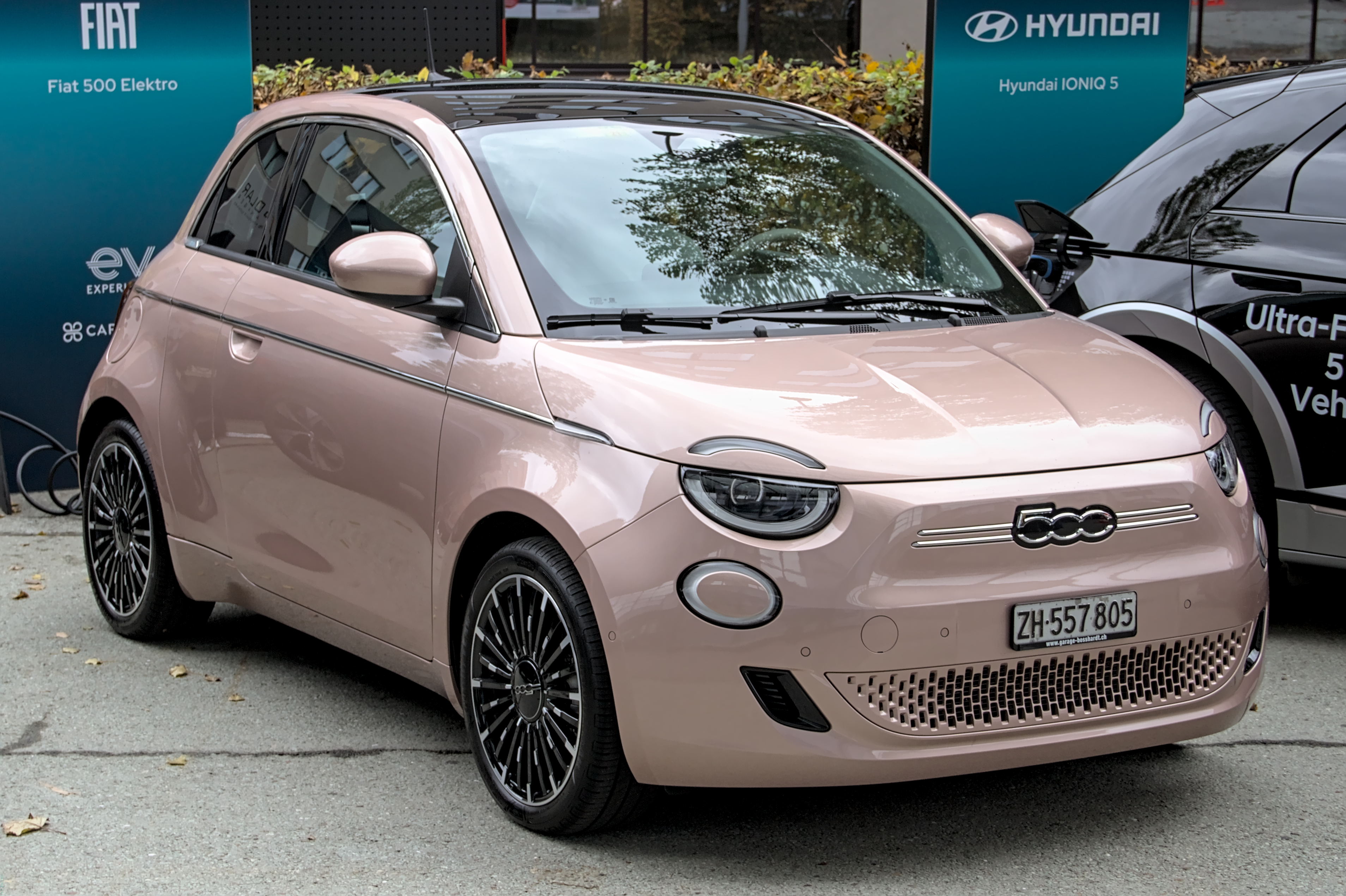
8. **Fiat 500e**: The Fiat 500e embodies the charm of the Fiat 500 with an eco-friendly twist. Nevertheless, the 500e’s charm is dampened by its limited range of about 84 miles and a cramped interior. While it’s perfect for short city trips, its playful handling can’t make up for the lack of practicality on longer drives. Plus, its cute aesthetics might not appeal to drivers looking for a more mature or sophisticated appearance.
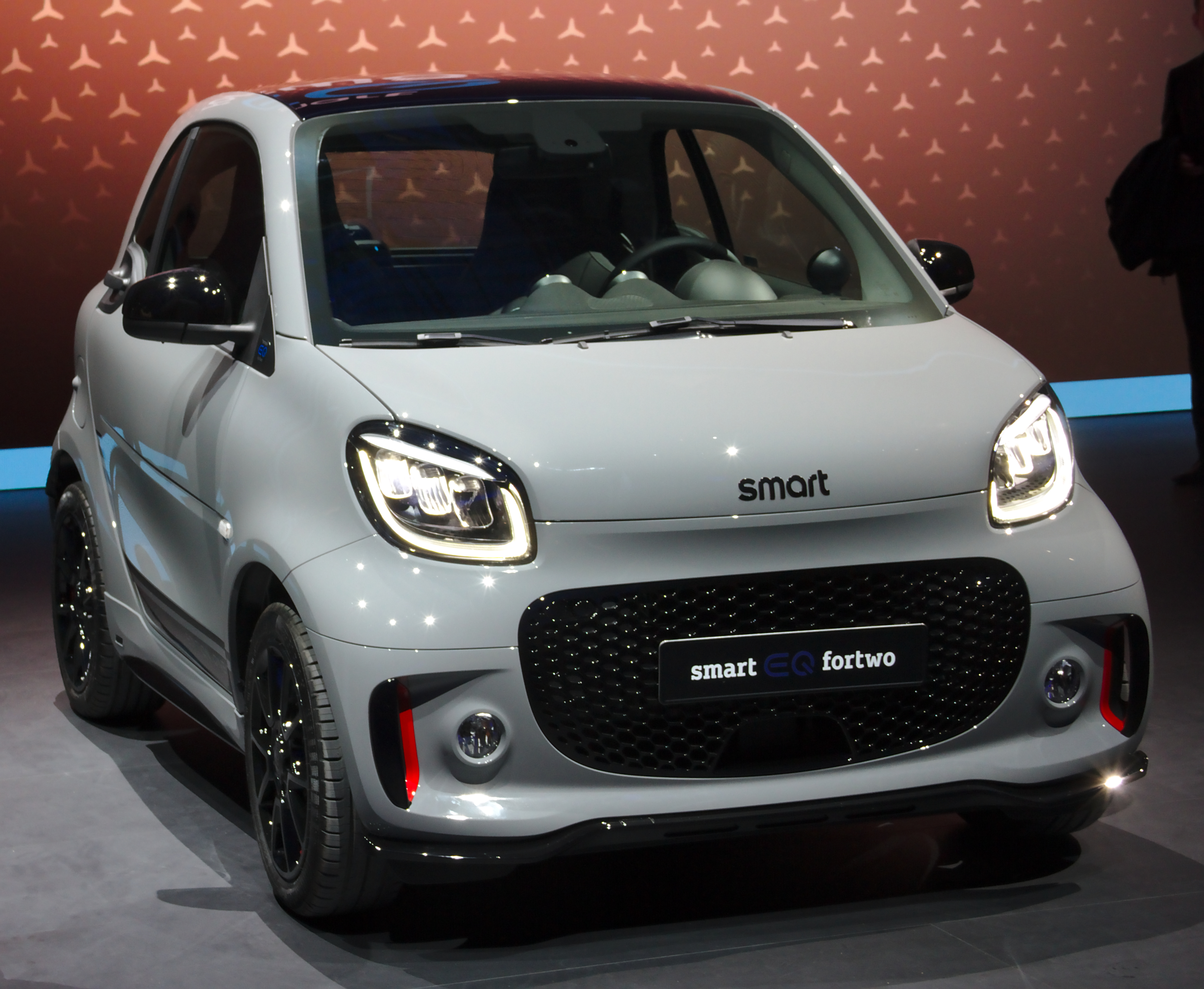
9. **Smart EQ Fortwo**: The Smart EQ Fortwo is the epitome of ‘cute and compact,’ but that comes with its own set of limitations. Its tiny size is fantastic for navigating congested city streets, but the trade-off is a very limited range of approximately 58 miles. The interior space is predictably tight, and its performance is more ‘quirky commuter’ than ‘dynamic driver’. This car might find a niche audience, yet it doesn’t quite fulfill my needs for versatility and longer trips.
10. **Hyundai Ioniq Electric**: The Hyundai Ioniq Electric promises a familiar driving experience, but it doesn’t quite stand out in the competitive EV market. Its 170-mile range is decent, yet overshadowed by rivals offering more. The Ioniq’s handling is competent, but it lacks the engaging performance and innovative features found in other EVs. While it serves as a practical choice for eco-conscious drivers, it doesn’t excite or inspire the way some other models do.

11. **Tesla Model X**: While Tesla has revolutionized the EV market, the Model X didn’t quite resonate with me. It’s a powerhouse of technology and innovation, with its Falcon Wing doors and impressive acceleration. However, I found the large size and high price point to be somewhat prohibitive. Its performance is undeniable, but I prefer a more understated and manageable driving experience. For those seeking a tech-forward SUV, it might be perfect, but it didn’t align with my personal preferences.
12. **Jaguar I-PACE**: The Jaguar I-PACE is a luxury EV that combines striking design with commendable performance. Nonetheless, its high price and somewhat limited range (234 miles) didn’t justify the expense for my needs. While the I-PACE delivers a smooth ride and premium interior, it hasn’t quite outshined the competition enough to warrant a purchase.

Wrapping up my journey through the myriad of electric vehicle options, it’s clear that the perfect EV varies greatly depending on personal preferences and requirements. While these models didn’t fit my specific criteria, they each have their place in the expansive EV market, catering to different needs and tastes. Ultimately, finding the right electric vehicle is about matching features and capabilities to one’s lifestyle, ensuring a harmonious blend of performance, range, and personal style.
Related posts:
Electric cars I’d never buy, after driving 24 different models
Electric cars to avoid financial nightmare: ‘Chinese models don’t offer this’
Electric vehicles have almost 80% more problems than gas-powered ones, Consumer Reports says
Discover more from Auto Travel World
Subscribe to get the latest posts sent to your email.












